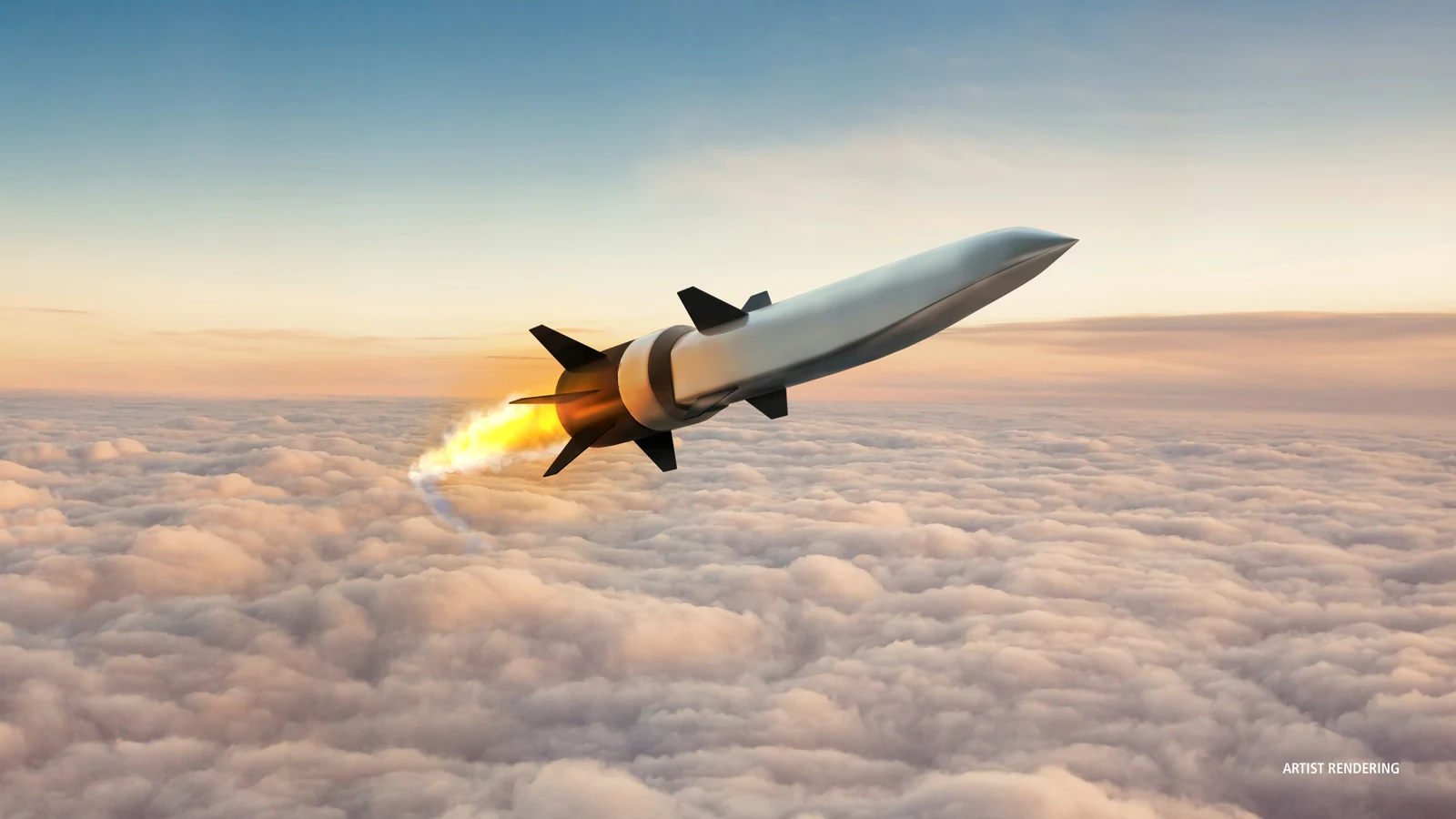The United States conducted a successful test of a Hypersonic Air-breathing Weapons Concept (HAWC) missile made by Raytheon Technologies Corporation, according to a statement released by the Pentagon. This is the third successful test of this weapon type since 2013.
The HAWC program is a cooperative effort between the Defense Advanced Research Projects Agency (DARPA) and the U.S. Air Force. The HAWC missile uses collected air from the atmosphere to create continuous propulsion. Space’s vacuum allows for the operation of several propulsion technologies. The missile concept’s speed and mobility enable fast attacks and defense evasion.
According to DARPA, the scramjet engine used in HAWC missiles allows the weapon to travel through the upper atmosphere at speeds greater than five times the speed of sound (3,853 miles per hour) and to heights greater than 60,000 feet. The engine was developed to function in the harsh environments that hypersonic weapons encounter when moving and navigating at speeds over Mach 5.
Andrew Knoedler, program manager at DARPA’s Tactical Technology Office, said, “This most recent test allowed exploration of more of the flight and scramjet engine operating envelopes. DARPA demonstrations are always about learning, whether it’s in the interest of feasibility or practicality, and this time we certainly got new information that will further improve performance.”
Raytheon and Lockheed Martin are both creating HAWC prototypes with DARPA and the U.S. Air Force. Since September, there have been four tests of HAWC missiles. Lockheed had one successful test and one failure. Raytheon’s HAWC tests were successful both times. Raytheon and Lockheed Martin are still competing to be awarded the final contract of the HAWC program.
Wes Kremer, president of Raytheon’s Missiles & Defense business unit, said, “Advancing our nation’s hypersonic capabilities is a critical national imperative, and this was an important step forward. Having back-to-back successful flight tests gives us even greater confidence in the technical maturity of our HAWC prototype.”
In a separate release, Raytheon said that after releasing HAWC from an airplane and utilizing the scramjet engine to reach hypersonic speeds during the flight test, “The vehicle flew a trajectory that engineers designed to intentionally stress the weapon concept to explore its limits and further validate digital performance models.”
The Common Hypersonic Glide Body, a novel kind of hypersonic missile, was tested unsuccessfully on June 29 at the Pacific Missile Range Facility in Hawaii.
The United States and its foreign rivals are accelerating the development of hypersonic weapons, the next generation of weapons that deny adversaries the opportunity to respond with traditional mechanisms.






